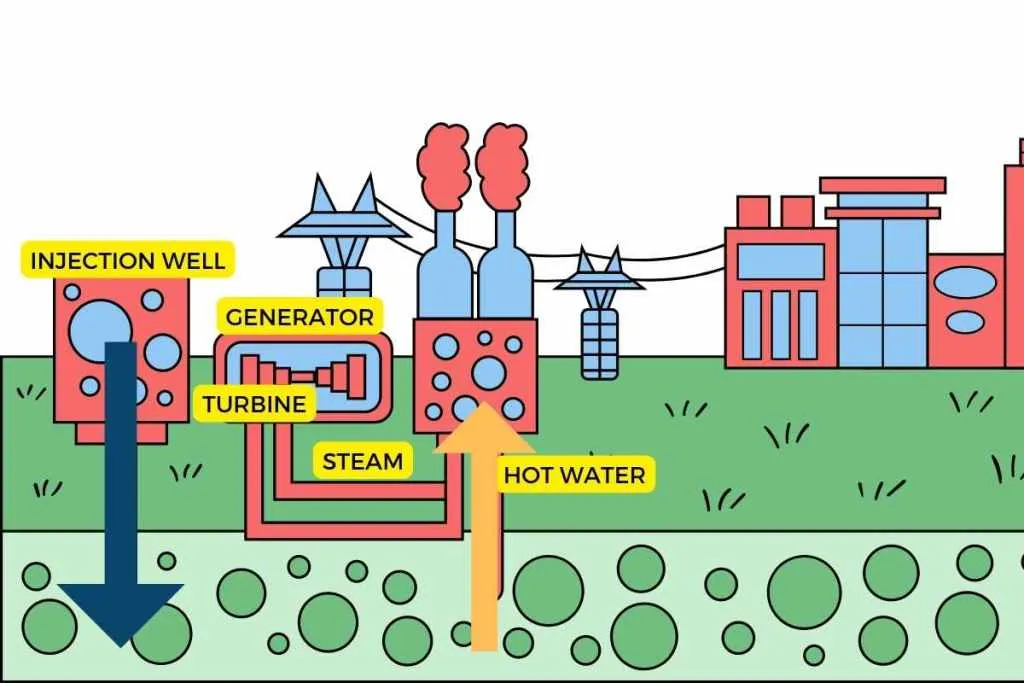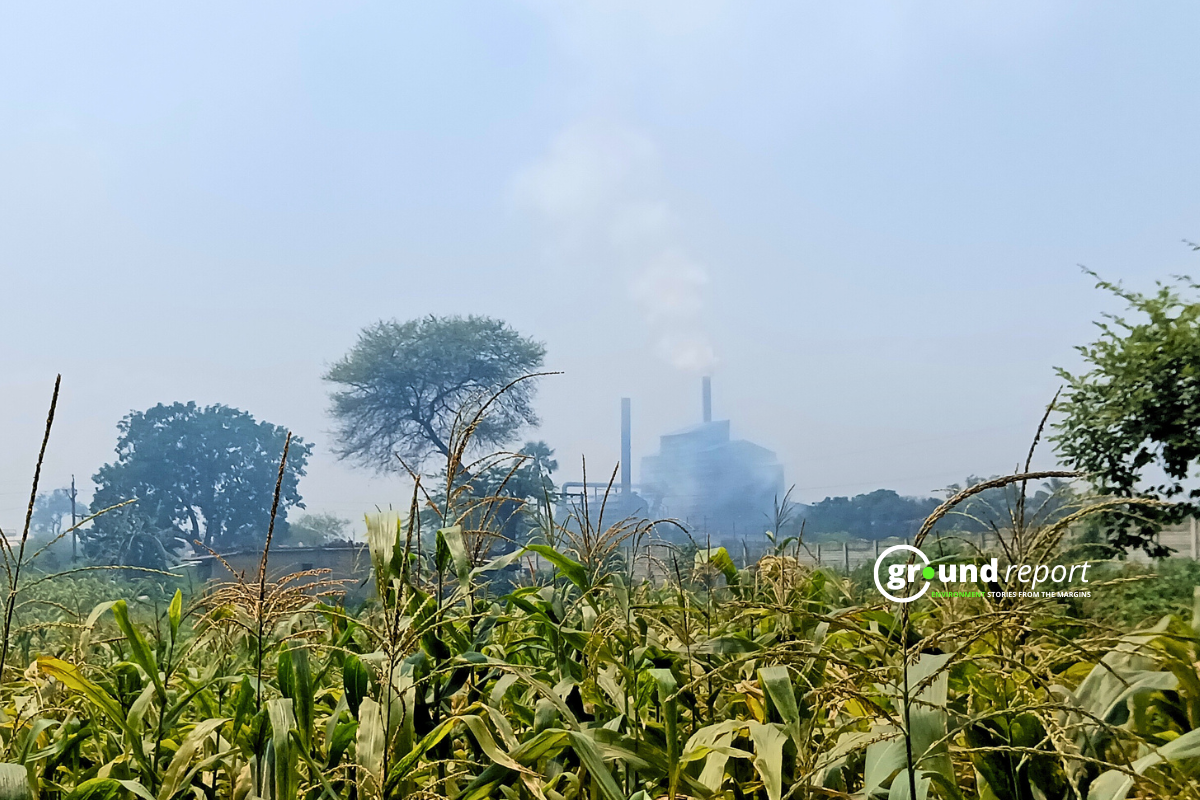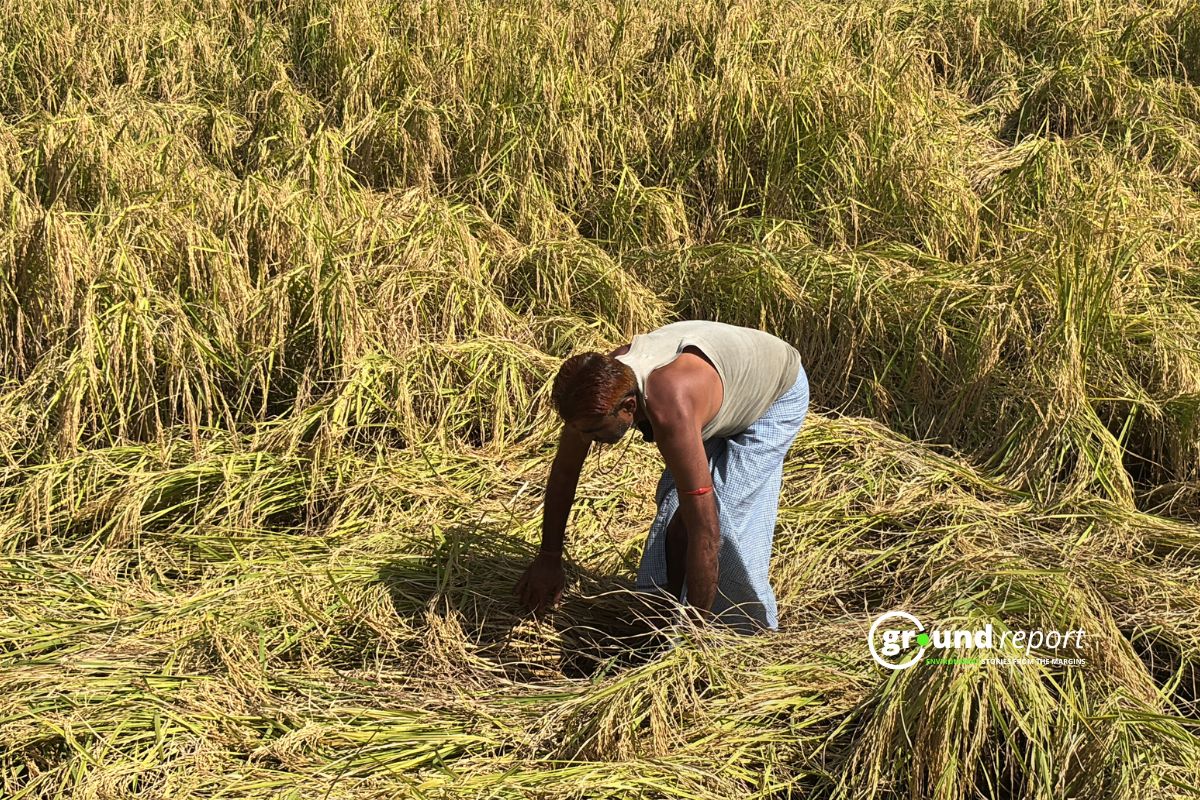According to National Geographic, geothermal energy is heat that is generated within the Earth. It is a renewable resource that can be harvested for human use. Hydrothermal, geo-pressurized, hot dry rock and magma are all sources of geothermal energy. Their heat can be captured and used directly for heat or their steam can be used to generate electricity.

Read more: Geothermal Energy | National Geographic Society
Geothermal energy potential in India
Geothermal resources in India are mapped by the Geological Survey of India (GSI) and as per the estimate by the Ministry of New and Renewable Energy. There could be a 10 GW of geothermal power potential in India. India has seven geothermal provinces and a number of geothermal springs.
According to Oil and Natural Gas Corporation Limited (ONGC), the Ladakh region of India has some of the best geothermal opportunities in the nation. The most potential geothermal fields in the nation are located in Eastern Ladakh, especially in Puga and Chumathang.
Read more: GeoThermal Energy – en – ongcindia.com
India’s first geothermal energy project
In February 2021, a Memorandum of Understanding (MoU) was signed in Ladakh, India for the establishment of India’s first-ever Geothermal Field Project. It was signed between UT Administration Ladakh, LAHDC-Leh, and ONGC Energy center in presence of LG UT Ladakh Radha Krishna Mathur, CEC LAHDC-Leh Advocate Tashi Gyalson, MP ShJamyang Tsering Namgyal and Advisor to HLG Umang Narula.
Phase 1 of the project was set to generate 1 MW of power and 100% free power was to be supplied to the general public. The implementing agency for phase 1 of the project was ONGC-OEC.
Then, phase 2 shall involve deeper and lateral exploration of geothermal reservoirs by drilling an optimal number of wells and setting up a higher-capacity demo plant in Ladakh.
Eventually, phase 3 of the project will be a commercial project as per discovered capacity.
Updates on the project
The aim of the first phase was to drill approximately 1000 m depth. In August 2022, preliminary drilling was started which stopped at 39 m and ONGC reported high-pressure steam at 120-130 degree Celsius and a discharge rate of 100 tonnes of geothermal energy per hour.
Read more: ONGC provides updates on Puga geothermal project, India
These initial results were positive and showed potential for the project. The project was capped for the winter. But, it is expected to resume the drilling work in April 2023. Also, a blowout on the site following the drilling work has raised concerns among the local environmentalists. They have demanded that the project can be sensitive to its ecological surroundings, given it lies in a wildlife sanctuary of cultural importance, reports ThePrint.
Support us to keep independent environmental journalism alive in India.
Keep Reading
What is Green Hydrogen? Could it change energy in South Asia?
Blue hydrogen is worst for climate: study
How Increasing space traffic threatens ozone layer?
Hydro Fuel Market: India’s current scenario and the future ahead
Natural Gas is a Misleading term, It is not Natural and clean at all
Follow Ground Report on X, Instagram and Facebook for environmental and underreported stories from the margins. Give us feedback on our email id greport2018@gmail.com.
Don’t forget to Subscribe to our weekly newsletter, Join our community on WhatsApp, and Follow our YouTube Channel for video stories.









